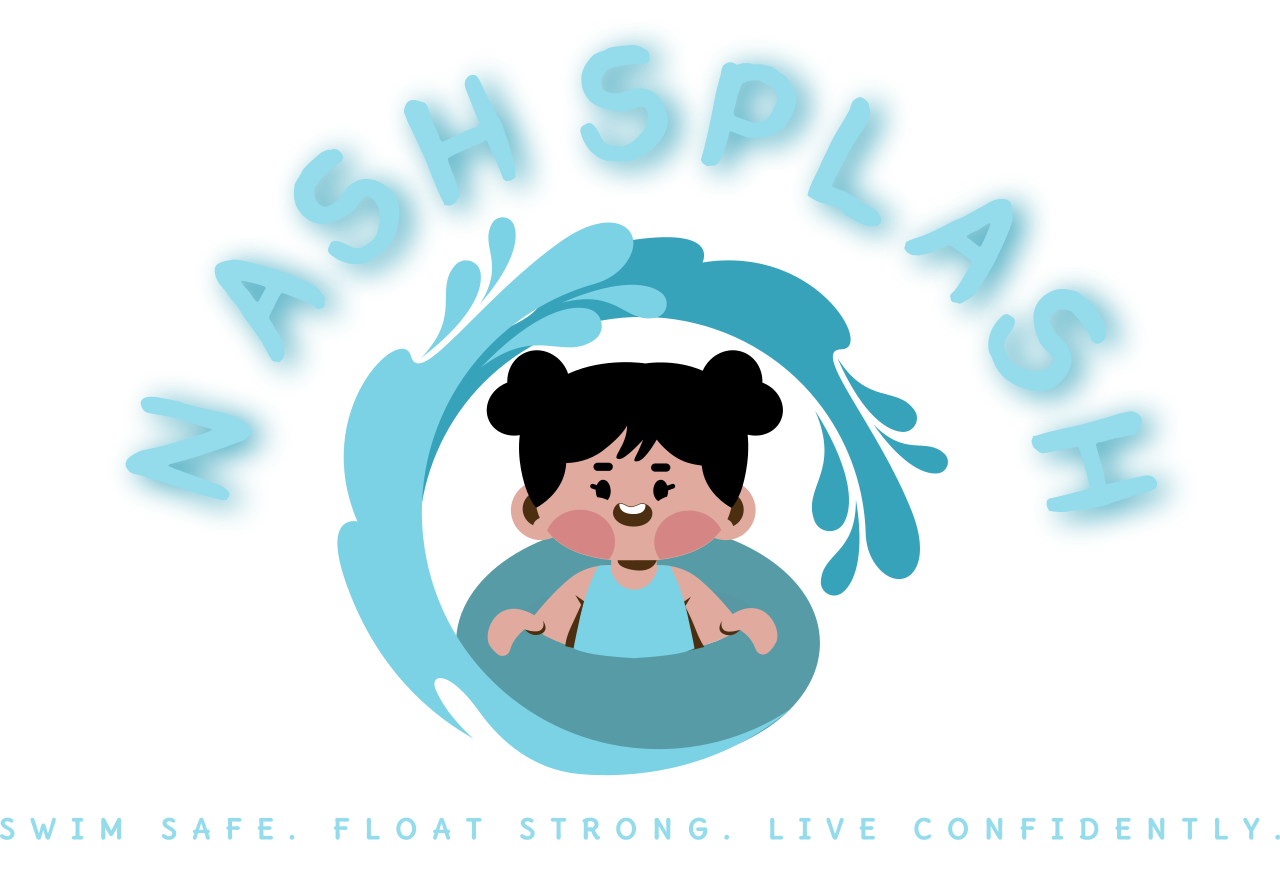About ISR
-

What is ISR?
Infant Swimming Resource (ISR) is a method of swimming instruction that focuses on the most important skill a child can learn: self-rescue. ISR teaches infants and toddlers (from 6 months to 4 years) the skills they need to survive if they accidentally fall into water. Children are trained to roll onto their backs and float, giving them the ability to breathe and stay calm until help arrives.
-

How ISR Works
ISR lessons are customized to each child’s developmental stage, beginning with water acclimation and progressing to self-rescue techniques. Children learn in 10-minute daily sessions with one-on-one instruction. The program typically lasts between 4-6 weeks, depending on the child’s progress.
-

Safety Protocol
The ISR program is designed with your child’s safety as the highest priority. All instructors are certified, insured, and receive continuous training. The lessons are conducted in a safe, supportive, and controlled environment. Parents are informed throughout the process and encouraged to attend lessons to ensure comfort and confidence.
Drowning is the leading cause of accidental death for children between the ages of one and four, and no child is ever completely drown-proof. Even with swimming lessons, there is no substitute for active adult supervision. That’s why water safety relies on multiple layers of protection to help reduce risk and prevent tragic accidents.
Water Safety: Essential Layers of Protection
-
The first and most effective line of defense.
Nothing replaces focused, undistracted adult supervision when children are near water. Drowning is often silent and happens in seconds. If a child is ever missing, check the water first—immediate action saves lives. -
A physical barrier adds a crucial layer of safety.
A self-latching, four-sided pool fence prevents unsupervised access and is one of the most effective ways to reduce drowning risk. The fence should be at least 4 feet tall and placed several feet from the water’s edge to create a secure boundary. -
Quick action can mean the difference between life and death.
Every caregiver should know CPR and basic water rescue techniques for infants, children, and adults. Regularly refreshing these skills ensures you’re prepared to act fast and effectively in an emergency. -
Early alerts can prevent accidents.
Doors, windows, and gates leading to the pool should have high locks and audible alarms to alert you if a child attempts to enter unsupervised. Pool alarms provide an added safeguard in case a child enters the water unnoticed. -
Giving children the skills to self-rescue.
Traditional swim lessons are not enough—children need survival swim training that teaches them to float, breathe, and get to safety if they fall into water unexpectedly. This added skill set is a lifesaving investment for every child.

